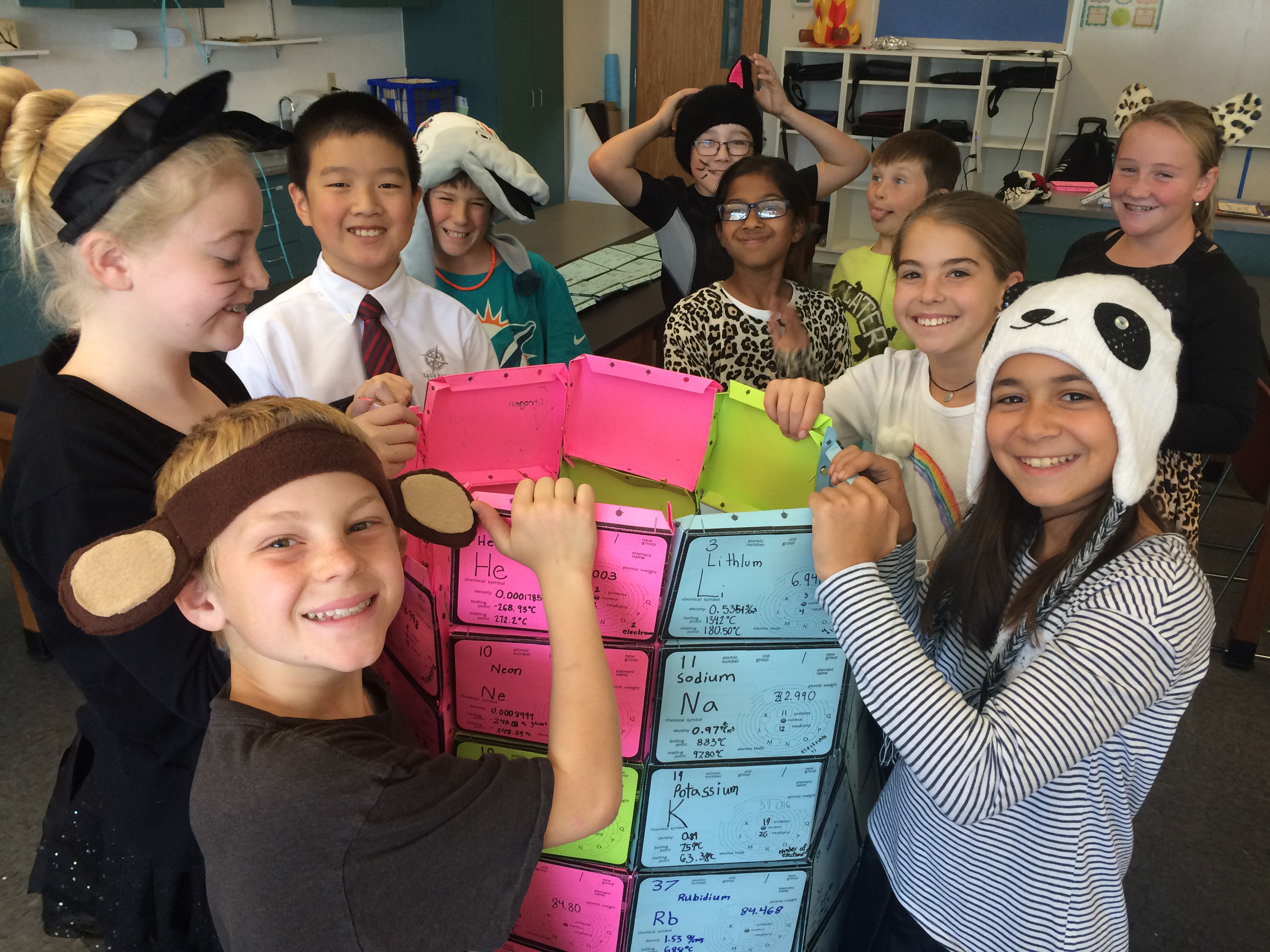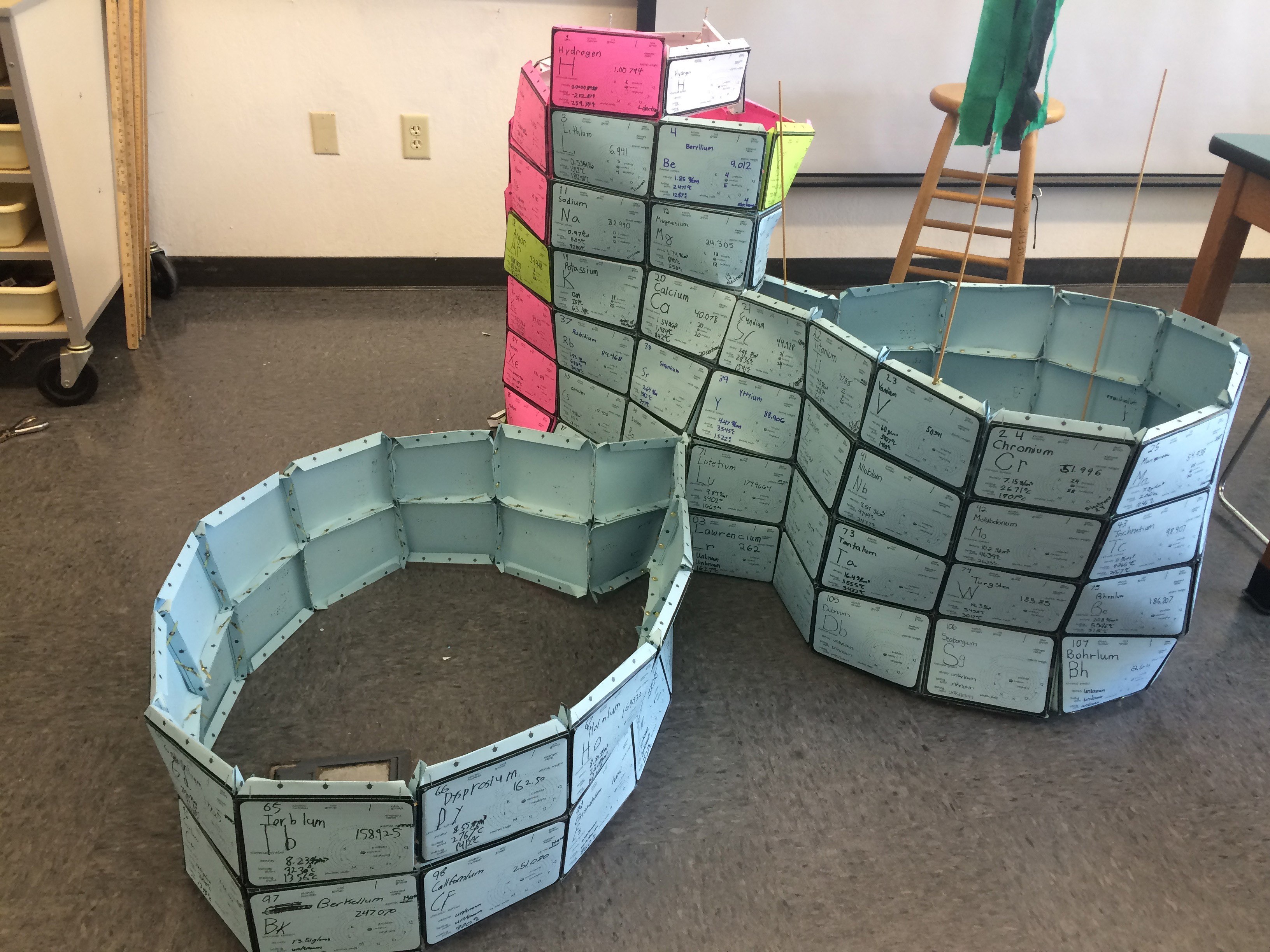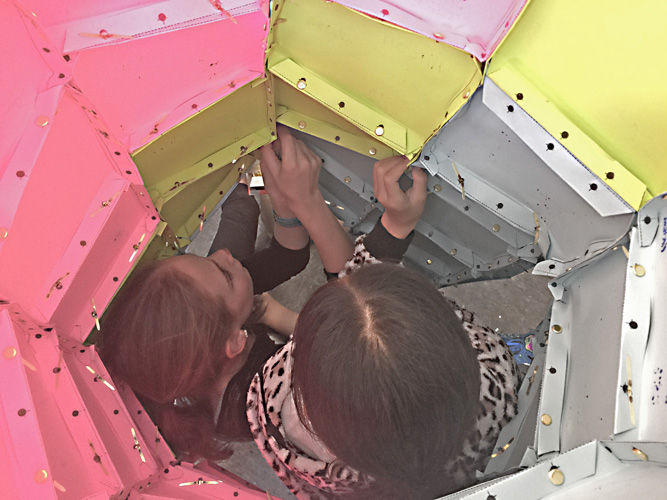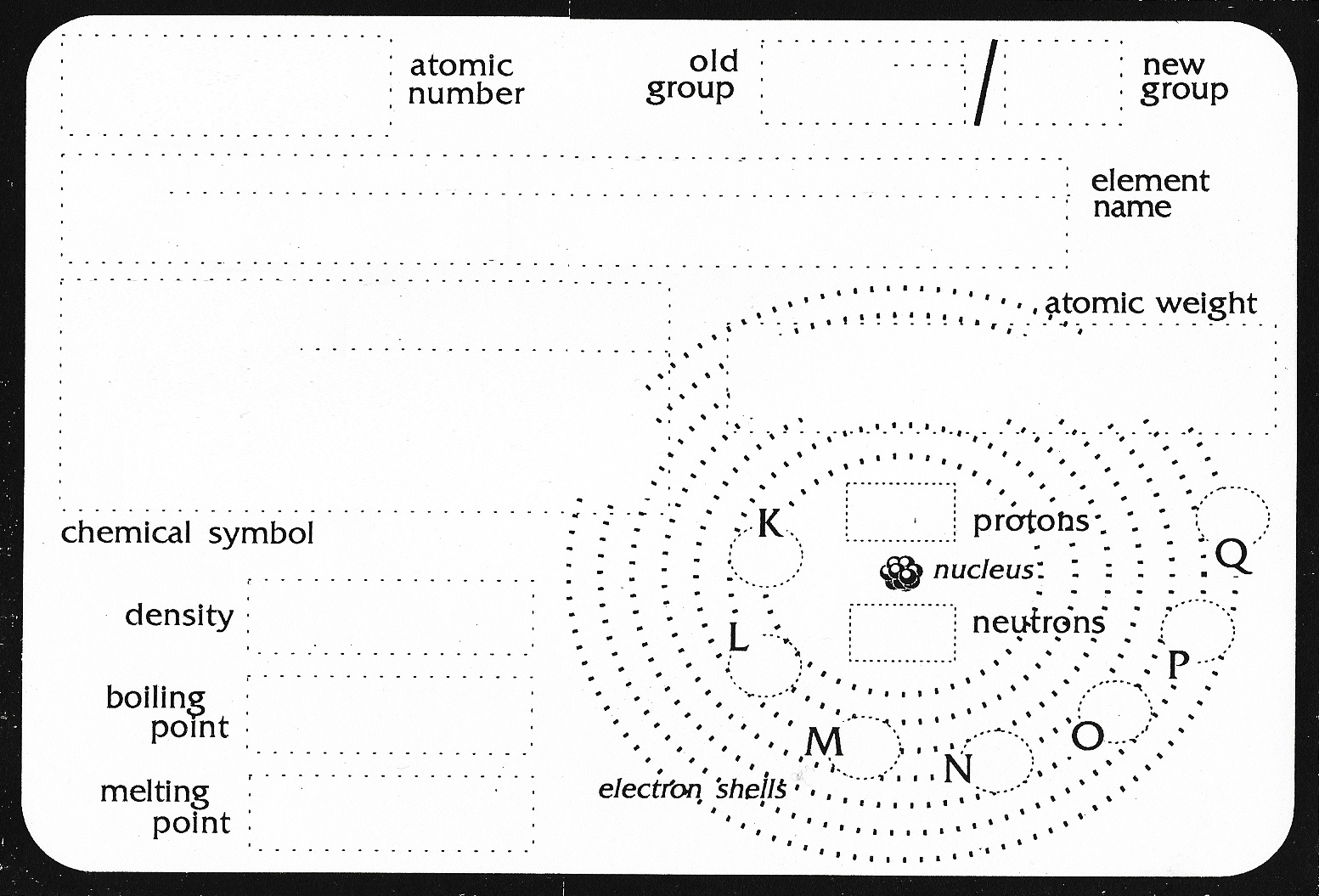Alexander's Atomic Building Blocks provide creative fun in the meantime -
and a promise for a future less bleak!



The AABB are designed tp promote student's working cooperatively in small groups with the individual student accountable for the material studied. This method challenges the academically able and addresses the problems of the disadvantaged.
These benefits are due to the breaking apart of the large body of information about the elements into smaller components and employing social/
interpersonal skills in learning and transmitting knowledge to group partners - especially if marks for every student in a group is based on a random selection of one or two elements from the group.

It takes many sizes to build a fort, so select from those below for todays home-stuck creative students:

Tap on the arrowheads to open, and print in landscape.
>>> Full size w/data positions - a Worksheet, great for learning and testing
>>> Hydrogen Crown w/data positions - 3/4 height - for AABB Fort
>>> Full size blank - Best for KuarantinedKreativeKovidKids
>>> Base Transition blank - 3/4 height - for AABB Fort step-down of the slant
>>> Base Transition blank - 1/2 height -for AABB Fort step-down of the slant
>>> Base Transition with ID - 1/4 height - for AABB Fort step-down of the slant
Teachers of students for whom either visualization or actualization is a key learning method, greatly benefit from the unique ways the Building Blocks can be assembled, disconnected, and reassembled in new arrangements.
An Atomic Building Block card is die cut and scored for folding, having spaces outlined for student entry of data concerning the atoms. With simple folding of the edges they easily convert into pan type building blocks. With tabs in place on each of the four sides for proper connection to slots on the next card, they attach precisely for multiple applications.
To involve students to easily learn the complexities of the property relationships and other highly technical characteristics of elements in a fun, highly interactive way.
This is accomplished through the distribution of a set of cards to all students in a class, upon which the students enter the properties of elements during related lessons. Subsequently, the cards can physically connect in the numerous ways necessary to understand the relationships among the elements, and the periodic table, hence most of Chemistry.
Lessons for the lower grades can limit the areas of data studied, while high school levels may add more details.
Following or during the learning activities, the Building Blocks may be made and connected to others as periodic tables or other relationship groups, (including the three dimensional form of the new Alexander Arrangement of the Elements) are studied.
< BACK
AlexanderDESIGN
Last Update: 6/25/2020